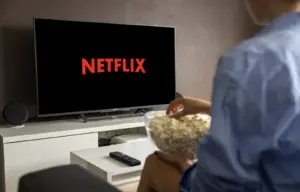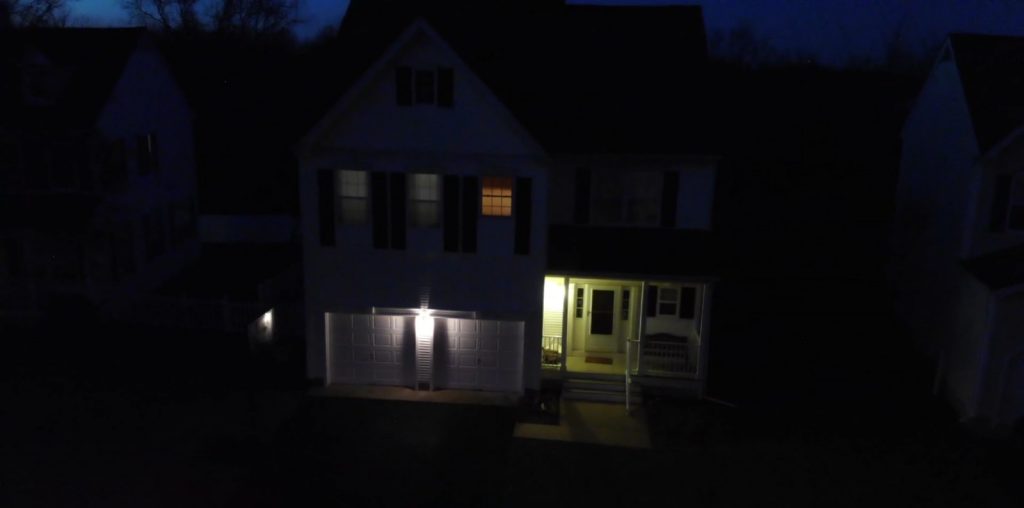
Since 2019, Netflix has had to compete with some of the largest media companies in the world for its lion’s share of the streaming market. As the space started to get saturated, critics joked that the top streamers would reinvent cable channels by offering exclusive content, sometimes available in bundle deals. Now, one leading streaming service has made a significant leap that blurs the lines between cable and streaming even more.
The FAST Gambit

The promise of on-demand video streaming has always been simple – a convenient way to watch old or original movies and TV shows in your own time, from your own home. It was a model that originated from video-sharing sites, not to mention other industries like iGaming, where people play online. Since websites are up 24/7, users can watch the latest YouTube videos or try Betfair pinball whenever they want, without leaving their homes or waiting on a broadcast schedule. Streamers integrated this model with legacy studios to create professionally produced movies and shows beamed to the audience’s screens instead of existing on a channel.
Amid ballooning movie budgets, streaming also provided a safe harbor for ideas that wouldn’t get financed as a big-budget movie. That led to a streak of cheap, profitable hits for streamers like Netflix and Amazon during their earlier years. As this model took over the world, legacy media enterprises saw the meteoric success of Netflix and wanted in. Rights holders pulled content from the ubiquitous streamer as industry giants like Paramount and Warner Bros. wanted to try their hand at streaming too.
Pursuing profitability in a crowded market, streamers like Amazon Prime Video discovered FAST – free ad-supported streaming television. This is a model of live TV funded by advertising, which shows movies and shows produced or owned by the streaming service. Roku and Pluto TV are early success stories that used the FAST model, with Pluto acquired by Paramount Global in 2019. Then Amazon launched Freevee, its own FAST channel that showed Prime Video content.
The appeal of FAST is that it provides free viewing if you can handle ad breaks. With some services welcoming advertisers into their paid subscription model, it’s no surprise that FAST is a popular, growing way to consume entertainment. As a Nielsen Insight report put it: “The streaming industry is coming full circle.”
Streaming’s Latest 24/7 Channels
That brings us to the latest streaming service to try out the FAST model – Disney+. Sitting on a dragon’s hoard of IPs and licensing deals, Disney is reportedly launching several 24/7 streaming channels in the foreseeable future. By doing so, Disney+ hopes to increase engagement with the service, specifically time spent with its apps open. Channels will be split between the largest IPs owned by the company, so there’s guaranteed to be a Star Wars channel showing everything from the universe.
While the House of Mouse hasn’t officially announced this move yet, its subsidiary ABC already has 24/7 channels integrated into its app. It’s rumored that Disney’s version of FAST will ditch the F, so it will stay locked behind a paywall and available to paying subscribers only. Given their titanic presence in the industry, they’re a great candidate to test just how important the F is in streaming’s favorite new acronym.

If proven successful, we may see further adoption of FAST or PAST – paid ad-supported streaming television – in the future. We know that Netflix co-CEO Ted Sarandos is warm to the idea, after comments during the company’s fourth-quarter earnings call in 2022. As reported by TechCrunch, Sarandos responded to FAST’s growing popularity with “We are keeping an eye on that segment for sure, so its something that might well happen in the future.

